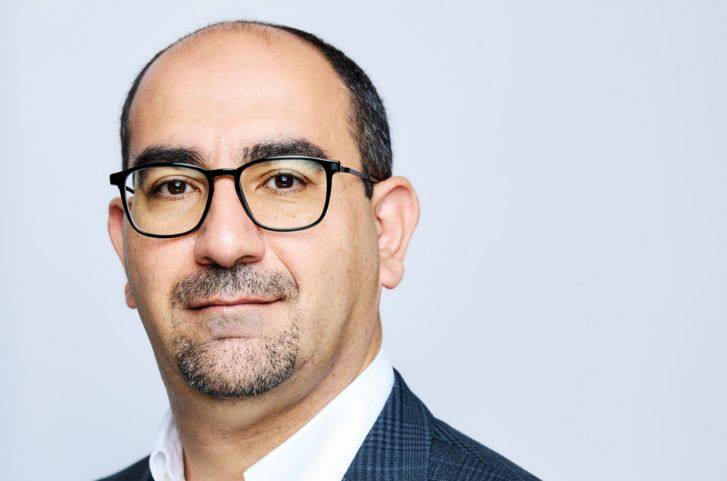
Healthcare
Platformization Key to Strengthening Cybersecurity in Middle East Healthcare Sector
As cyber threats against healthcare providers continue to grow in complexity and scale, experts are highlighting the need for a shift from reactive treatment to proactive prevention. According to Tarek Abbas, Senior Director of Technical Solutions for EMEA South at Palo Alto Networks, platformization is the key to building a resilient cybersecurity framework in the healthcare industry.
Healthcare organisations in the Middle East face a unique set of challenges — a vast attack surface, outdated security software, and stringent regulatory requirements. The Unit 42 2025 Global Incident Response Report revealed that 70% of cyber incidents last year targeted three or more attack surfaces simultaneously, with many threats increasingly powered by artificial intelligence (AI).
Abbas notes that platformization allows healthcare providers to consolidate, integrate, and simplify security tools and vendors. This not only reduces complexity and cost but also enhances the ability to predict and prevent cyber threats.
A Growing Need for AI-Driven Security
The Gulf Cooperation Council (GCC) is ramping up its cyber investments, with the Middle East’s cyber threat intelligence market projected to exceed $31 billion by 2030, according to the World Economic Forum. The urgency is clear: key sectors in the UAE faced an average of 50,000 cyberattacks daily in 2024.
AI-powered security systems are being emphasised to detect, respond, and mitigate threats faster, freeing up skilled personnel to focus on strategic priorities.
Key Cybersecurity Challenges for Healthcare
-
Expanding Attack Surface – With increasing digitalisation, cloud adoption, and the rise of the Internet of Medical Things (IoMT), healthcare providers are more vulnerable than ever. By 2026, over 70% of medical devices are expected to be connected digitally, potentially creating an epidemic of exposed devices.
-
Outdated Software – Long device lifecycles and reliance on outdated operating systems like Windows 7 and XP make many healthcare systems easy targets. Vulnerabilities in connected medical equipment can lead to breaches costing between US$10,000 and US$50,000 per incident.
-
Regulatory Pressures – New standards, such as Abu Dhabi’s Healthcare Information and Cyber Security Standard (ADHICS), aim to strengthen patient data protection but can also increase operational complexity and cost for providers.
The Way Forward: Prevention Over Cure
Experts advocate for comprehensive cyber risk assessments, data and asset mapping, and the adoption of AI-driven threat intelligence systems. Consolidating security tools into a unified platform can improve overall resilience while optimising budget and workforce efficiency.
“Given the pressure on security teams, a platform-based, AI-powered approach will not only strengthen defences but also allow healthcare organisations to better allocate resources toward strategic priorities,” Abbas said.
📢
Advertisement Space
750x200 pixels
Click to book this space
Comments (0)
Please log in to post a comment
Login to CommentNo comments yet. Be the first to share your thoughts!